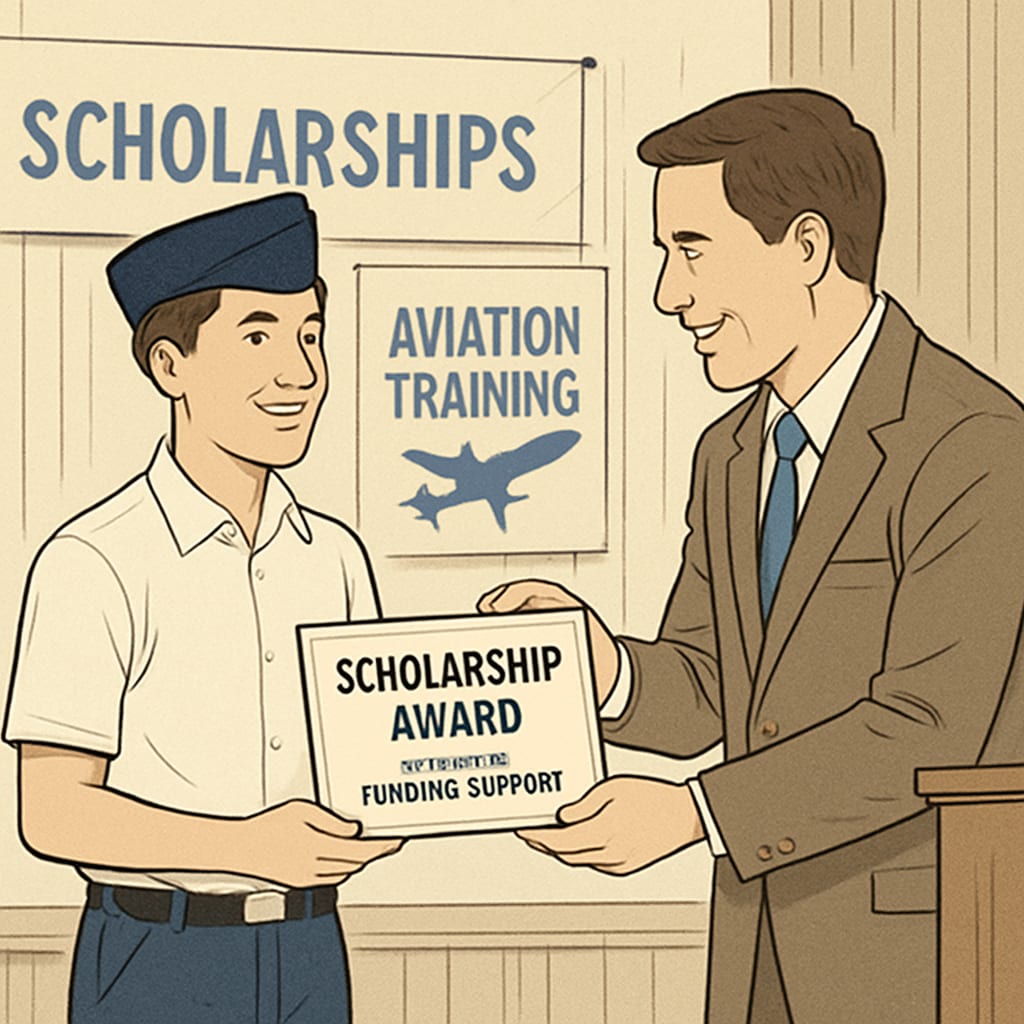Achieving a commercial pilot license (CPL) is a dream for many young aviation enthusiasts. However, the journey to obtaining a CPL often comes with significant challenges, including high training costs. With proper funding support and repayment commitments, these obstacles can become stepping stones rather than barriers. In this article, we will explore how K12 education can lay the groundwork for aspiring aviators, and how schools, families, and communities can work together to nurture this passion and provide the necessary resources.
Introducing Aviation Early: The Role of K12 Education
Fostering a love for aviation begins with education. K12 schools can play a critical role in introducing students to the world of aviation. For instance, STEM (Science, Technology, Engineering, and Math) curricula can integrate aviation-related projects, such as building model aircraft or simulating flight environments. These activities not only spark curiosity but also help students develop essential skills like problem-solving and teamwork.
Moreover, schools can collaborate with local aviation organizations and flight schools to offer workshops, guest lectures, or field trips to airports. Such initiatives can demystify the field and inspire students to consider aviation as a viable career path.

Funding Support: Making Dreams Affordable
Pursuing a commercial pilot license comes with a hefty price tag, often making it seem inaccessible to many students. This is where funding support becomes crucial. Scholarships, grants, and even crowdfunding campaigns can provide financial assistance to deserving students. For example, several aviation organizations, such as the Experimental Aircraft Association (EAA), offer scholarships specifically designed for young pilots-in-training.
Additionally, schools and local governments can set up aviation-specific funds or partner with private entities to create sponsorship programs. By offering such support, communities can make the dream of flight training more achievable for students from diverse backgrounds.

Repayment Commitments: A Win-Win Solution
While scholarships and grants help alleviate upfront costs, some students may benefit from repayment commitment programs. These models allow students to receive funding for their CPL training with the understanding that they will repay the amount after securing employment. This approach not only ensures accountability but also enables more students to access financial aid.
For instance, airlines or aviation companies could sponsor students in exchange for a commitment to work for the company for a certain number of years. This creates a mutually beneficial arrangement, as students gain guaranteed employment while sponsors secure skilled professionals.
Inspiring the Next Generation of Aviators
Parents and educators must work hand-in-hand to nurture a child’s passion for aviation. Encouraging participation in aviation clubs, flight simulation games, or summer camps can expose students to the industry early on. Furthermore, mentorship programs connecting students with professional pilots can provide invaluable guidance and motivation.
For schools, incorporating career days or aviation fairs can make the field more accessible. Highlighting diverse roles within the industry—such as air traffic controllers, aircraft engineers, and flight operations managers—can also broaden students’ perspectives on aviation careers.
Readability guidance: Use short paragraphs and lists to summarize key ideas; ensure transitions like “however,” “in addition,” and “as a result” are evenly distributed across the text. Minimize passive sentences and maintain sentence simplicity.


